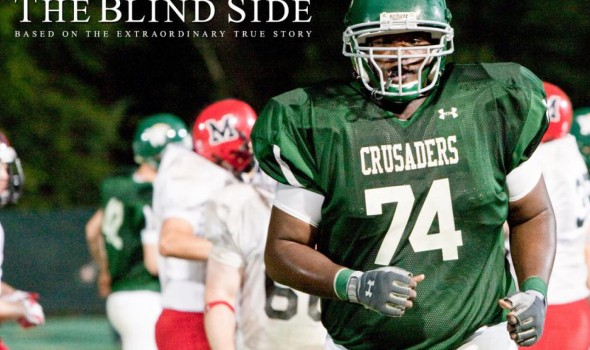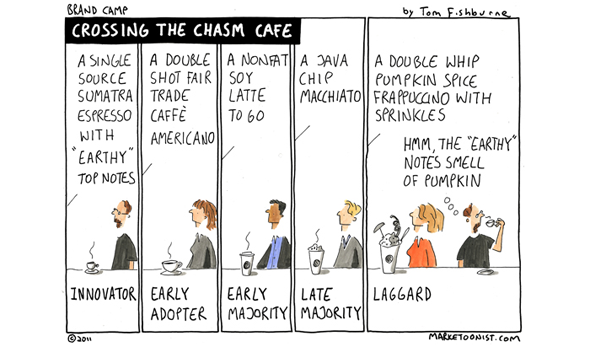Authentic communication and understanding are critical to team effectiveness. This is the first of a series of posts on this topic. I hope you’ll adapt and integrate the ones you like into your own team culture.
The single biggest problem in communication is the illusion that it has taken place. –George Bernard Shaw
Last weekend, team effectiveness, development, marketing and agile professionals converged at PlayCamp. I was reminded me of a valuable scrum exercise I learned from Matt Smith called “I don’t see it, help me see it.”
It can be used in an Agile context to clarify user stories, but I also think it makes a nifty habit for teams to ensure everyone is on the same page.
How It Works
When someone says “I don’t see it, help me see it” this serves as a signal that whatever was just said is unclear to one or more team members.
Mike: [Mike communicates something important to the team he leads or is a member of (v 1.0)]
Alan: “I don’t see it, help me see it”
Mike: [Mike tries again, using different words (v 2.0)]
Alan: “I still don’t see it, help me see it”
Sue: [Communicates it yet a different way using her own words, and/or a visual (v 3.0)]
If Alan understands, he’ll tell Sue and Mike he gets it. If not, other members of the team will jump in to clarify. The ensuing discussion ensures all team members are on the same page.




















Follow Us!